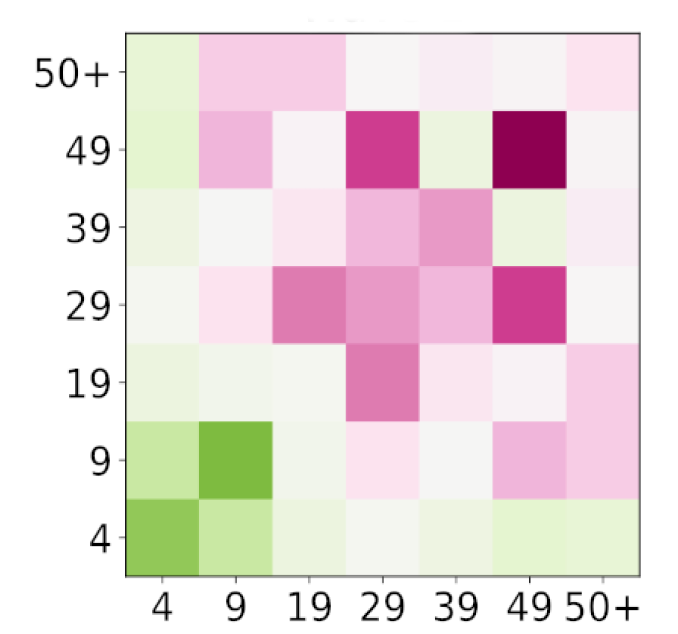Household contact matrices
Find here the dataset containing the contact matrices of 60 households in two villages in South-Africa (Agincourt and Klerksdorp). The measurements are part of the PHIRST project and are made in collaboration with the SocioPatterns collaboration.
If you use this dataset, please cite the related article
@article{DallAmico2024Estimating,
doi = {10.1371/journal.pone.0296810},
author = {Dall’Amico, Lorenzo AND Kleynhans, Jackie AND Gauvin, Laetitia AND Tizzoni, Michele AND Ozella, Laura AND Makhasi, Mvuyo AND Wolter, Nicole AND Language, Brigitte AND Wagner, Ryan G. AND Cohen, Cheryl AND Tempia, Stefano AND Cattuto, Ciro},
journal = {PLOS ONE},
publisher = {Public Library of Science},
title = {Estimating household contact matrices structure from easily collectable metadata},
year = {2024},
month = {03},
volume = {19},
url = {https://doi.org/10.1371/journal.pone.0296810},
pages = {1-13},
abstract = {Contact matrices are a commonly adopted data representation, used to develop compartmental models for epidemic spreading, accounting for the contact heterogeneities across age groups. Their estimation, however, is generally time and effort consuming and model-driven strategies to quantify the contacts are often needed. In this article we focus on household contact matrices, describing the contacts among the members of a family and develop a parametric model to describe them. This model combines demographic and easily quantifiable survey-based data and is tested on high resolution proximity data collected in two sites in South Africa. Given its simplicity and interpretability, we expect our method to be easily applied to other contexts as well and we identify relevant questions that need to be addressed during the data collection procedure.},
number = {3},
}
